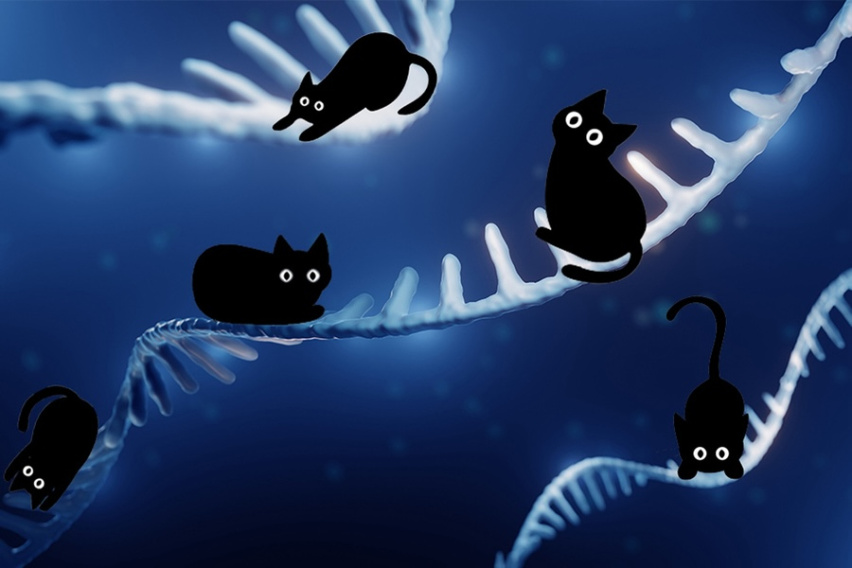MIT Koch Institute
July 29, 2019
With deep admiration for his ready and profound intellectual curiosity, the Koch Institute notes the passing of Steven Keating SM ’12, PhD ’16, from brain cancer at the age of 31. Then a graduate student in mechanical engineering, Keating spoke about his experience with cancer as part of the Koch Institute’s with/in/sight public lecture series in 2014, shortly after surgery to remove a baseball-sized tumor from his brain.
Like many at MIT, he loved data, and he collected a great deal of his own—everything from scans to sequencing information, including 3D computer analyses he used to fabricate models of his own tumor and pilot a technique for faster, cheaper, and better modeling. In fact, it was the IDH mutation revealed by his tumor biopsy that led Keating to the Koch Institute, where Matthew Vander Heiden and Bridge Project collaborators are using 2HG, an ongogenic metabolite produced by mutant IDH, as a biomarker to detect and monitor IDH-mutant cancers. Citing the role knowledge of his previous MRI scans played in his timely diagnosis, Keating became a passionate advocate for patients to have better access to their own health information and for open-sourcing patient data to advance research on cancer and other diseases.
